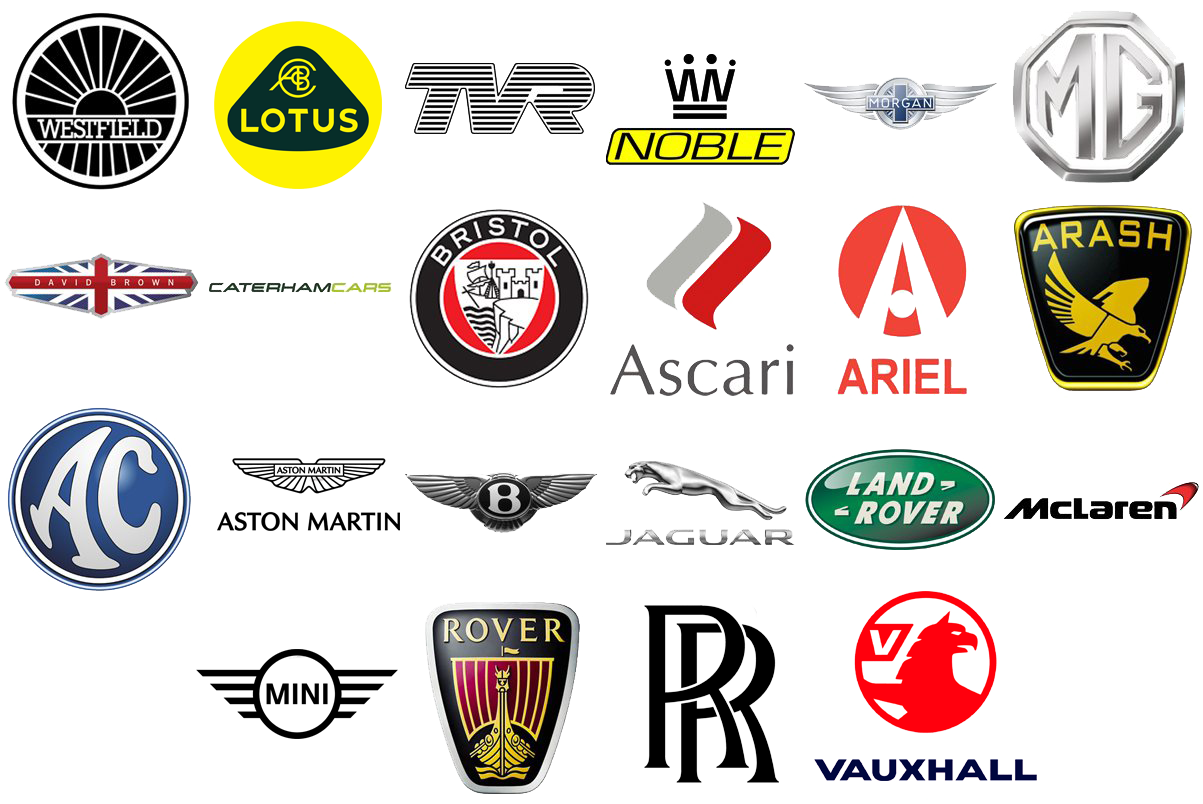
Teenagers are prepared for independence on the road by taking driver’s education lessons that include the rules of the road and safe driving practices. Young people often look forward to getting behind the wheel, but their parents worry they won’t pay enough attention to the road. The risks associated with learning to drive as a teenager are real, and parents are justified in their worries.
In the following article, we discuss first-time driving in light of CDC statistics and what IIHS recommendations have been put forward regarding what kind of vehicle new drivers should be driving.
Teenage Driving Put in Perspective
The IIHS found that for every mile traveled, the collision rate for drivers younger than 20 was approximately four times that of drivers 20 and older. According to the National Center for Injury Prevention and Control (2019), these types of injuries are major contributors to mortality among children and young adults.
Teenagers have a higher crash rate and fatality rate than other age groups as well as within the first few months of getting their license, even though they are generally among the least frequent drivers on the road. The crash rate per mile driven for 16-year-olds was more than 1.5 times greater than for 18- and 19-year-olds, as the National Household Travel Survey reported in 2016-17.
Young drivers sometimes exaggerate their own driving prowess while also underestimating the risks associated with the road. The inexperience of young drivers is reflected in dangerous behaviors like speeding. Furthermore, youngsters’ inexperience behind the wheel makes it harder to spot and react to potential dangers.
Characteristics of Fatal Crashes Involving Teens:
- Driver Mistakes: Being new drivers, teen car crashes are more likely due to errors in driving.
- Single-Vehicle Crash: The teen’s vehicle is likelier to be the only one involved. Generally, these are high-speed crashes in which the teenage driver loses control.
- Speeding: This is an important factor in over a quarter of fatal crashes.
- Passengers: More than half of all teen passenger fatalities occur in collisions involving young drivers. Passengers have been proven to increase young drivers’ collision risk but reduce it for drivers over 30.
- Night driving: Teenagers between the ages of 16 and 19 are four times more likely to be killed in a car crash at night than during the day. Statistics from the NHTSA between 2016 and 2017 show that young adults have approximately three times the rate of fatal nighttime crash involvements as adults aged 30 to 59.
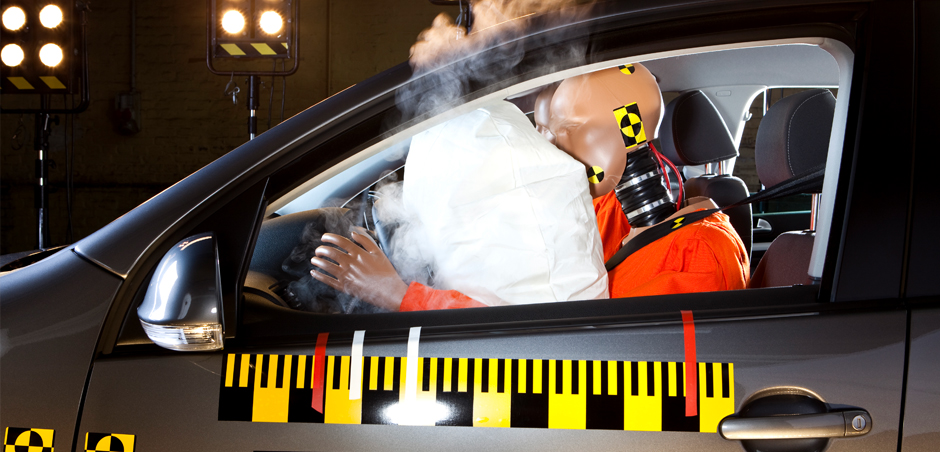
When viewed through the eyes of a parent, these statistics highlight the importance of collision safety and driver-aid systems. The most suitable cars for teens must have the highest safety ratings from the Insurance Institute for Highway Safety (IIHS) and the National Highway Traffic Safety Administration (NHTSA), many safety features, strong reliability ratings, and good overall opinions from the automotive community.
Choosing the Right Vehicle – What are we doing wrong?
Older and Smaller Vehicles
IIHS research has shown that teenagers often drive unsafe vehicles. According to a survey by the Institute in 2014, teens of more than half of parents surveyed started with vehicles their families already owned. 43% drove vehicles purchased when the teens began driving or after. 83% of the vehicles purchased were used, with the average cost of purchased vehicles around $5,300.
The survey also found that many youths were behind the wheel of either older vehicles (less likely to be equipped with critical safety measures) or smaller vehicles (less protective in a collision than larger vehicles). Similarly, for at least the past decade, teen drivers who perished in accidents were likelier to have been behind the wheel of smaller, older vehicles than their middle-aged counterparts.
Safety Featured in the Light of Affordability
According to a recent survey of drivers of all ages, those in the youngest and oldest age brackets are likelier to operate vehicles without modern safety features like electronic stability control and side airbags. Those in the lowest income group typically drove cars nearly two decades older than those in the top income bracket.
Sports Car
Insurance collision claim statistics found that young drivers face an even more significant threat of being involved in an accident while operating a high-performance vehicle such as a sports car or a tiny automobile.
Guidelines for Making a Purchase as a Parent
Teens should only get behind the wheel of crash-resistant vehicles that provide adequate protection in an accident. Keeping that in mind following are the IIHS’s principles that serve as a guide when deciding which car to buy for a new driver:
- Avoid high-horsepower models, which encourage and tempt young blood into speeding.
- Minicars or small cars are not on the recommended list. Heavier vehicles provide better crash protection than smaller, lighter vehicles.
- ESC (electronic stability control) is a requirement as it dramatically reduces fatalities due to crashes caused by the loss of vehicular control.
- There have to be strict requirements for vehicle crash safety. The suggested vehicles performed well in all three of the Institute’s moderate overlap tests: front, side, and head restraints.
Safety Features to Look For
Safety technology is expensive. It is one of the elements that increase the price of new cars. As manufacturers strive to create autonomous vehicles, more and more driver assistance functions are becoming standard and even mandatory in many automobiles.
If you and your family can afford a new car for your teen, seek a vehicle with all the aforementioned amenities. If you choose a used car, all these safety features might not be available. The more recent the vehicle, the better. You may have to upgrade to a higher trim level to get them if they even come.

Advanced Safety and Driver-Assist Features
- Anti-lock brakes: automatically regulate the brakes to maximize stopping power while allowing the driver to avoid problems.
- Traction control: promotes controlled acceleration through the anti-lock brakes slowing a spinning drive wheel.
- Stability control: uses the anti-lock brakes to apply braking to the appropriate wheel or wheels to help correct a slide.
- Forward-collision warning with front automatic emergency braking: a system that uses sensors to monitor speed and what is in front of the car. It sends off a warning sound if an imminent crash risk is detected. The system can automatically apply the brakes if the driver does not respond.
- Blind-spot monitoring: vehicles in adjacent lanes that may not appear in your side mirrors are detected using sensors and sometimes cameras.
Importance of Crash-Test Scores
Six Test Areas for IIHS
Vehicle insurance companies consider reports and recommendations by the IIHS. It performs and scores crash tests and uses other data and qualifiers to issue its annual Top Safety Pick and Top Safety Pick+ awards. Currently, it scores “Good,” “Acceptable,” “Marginal,” or “Poor” in six testing areas.
- Driver’s-side small-overlap front
- Passenger-side small-overlap front
- Moderate-overlap front
- Side
- Roof strength
- Head restraints and seats
Three Areas of Testing for NHTSA
NHTSA performs three tests, scoring each using a system of stars. The best score is 5 stars, and the worst is 1 star. NHTSA scores each test individually and then also issues an overall score.
- Frontal crash
- Side crash
- Rollover crash
New Vehicles Worth Purchasing
All vehicles listed below are the latest models, according to IHSS recommendations, winners of the 2022 IIHS TOP SAFETY PICK or TOP SAFETY PICK+ award, equipped with standard autonomous emergency braking.
In CR member surveys, all have average or better scores in reliability, emergency handling tests, and dry braking distances of fewer than 140 feet from 60 mph in brake testing. CR also gives them an excellent rating for how user-friendly controls.
Kelley Blue Book’s prices, which are average U.S. values as of April 28, 2022, for the base trim and the earliest relevant model year, are listed and rounded to the closest $100. These figures assume a car is in average condition, has been driven a usual amount, and is purchased from a private source.
Small cars
Mazda 3
Average price: $21,200

The Mazda 3 is hard to surpass in its class when comparing price and performance. According to official estimates, it gets 35 mpg on the highway and top scores in all crash tests conducted by the IIHS and NHTSA.
It has modern safety features such as LED headlights and taillights, outboard mirrors with integrated turn signals, adaptive cruise control, dual-zone automatic climate control, eight airbags, lane-departure warning, lane-keeping assist, driver-attention alert, and automatic high beams.
Honda Insight
Average price: $26,100
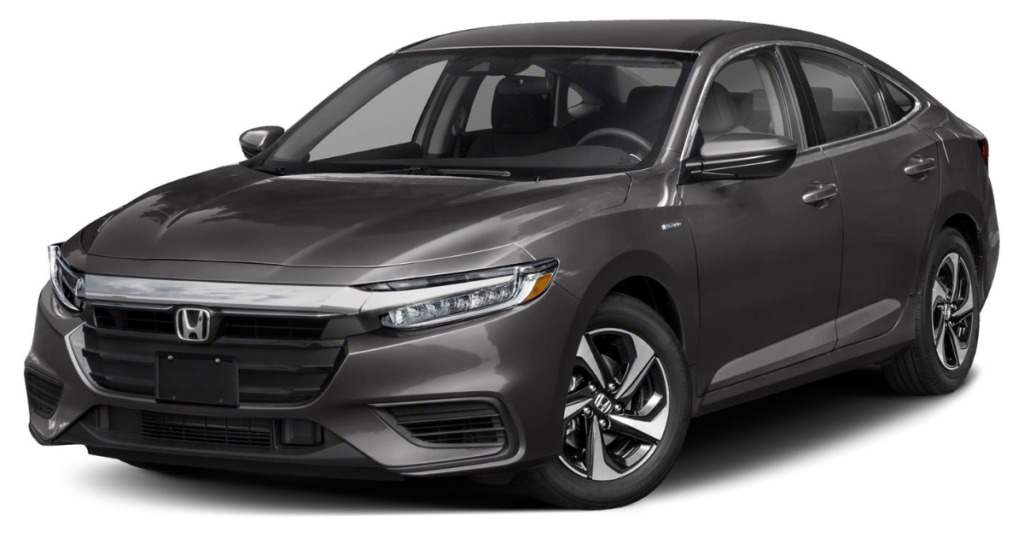
The 2022 Honda Insight is an excellent option for practical drivers. It’s a hybrid luxury sedan with excellent fuel economy and a reasonable price. The EPA estimates it can achieve up to 52 mpg when traveling on the highway. Long trips can be taken in comfort thanks to the car’s pleasant and uncomplicated driving experience.
In addition to being safe and composed, the Honda Sensing suite of safety technologies and the cutting-edge infotainment system with smartphone connectivity capabilities are both included as standard equipment. In the cabin, you can expect to find automatic climate control, an 8-inch infotainment system, a rear seat armrest, and a push-button start, to name a few of the amenities.
Midsize Cars
Subaru Legacy
Average price: $23,800
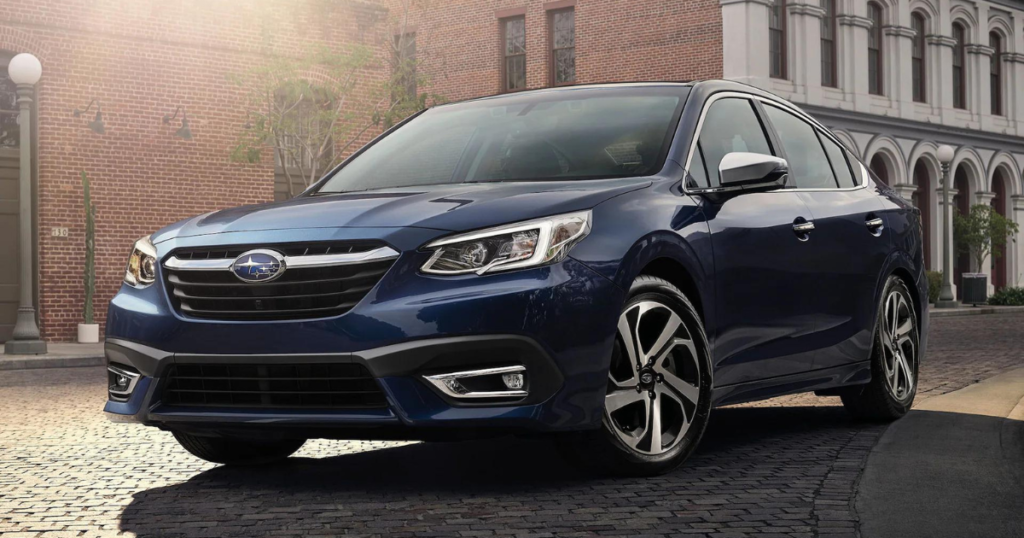
The Subaru Legacy 2022 comes standard with all-wheel drive, is known for being reliable, and has strong resale values. The Legacy is an excellent option for those who prefer not to make a fashion statement. This includes families, college students in areas with actual winters, and anyone else in that category.
Subaru EyeSight, a suite of driver aid systems, is standard on all 2022 Legacy models. It has a lane-centering function, adaptive cruise control with stop/go, and a forward collision warning system with automated emergency braking.
Kia K5
Average price: $24,700

Price and equipment levels are all attractive, the driving experience ranges from pleasant to grating, and fuel efficiency is more than tolerable. Yet the K5 makes a stronger visual impact. Safety features include forward-collision warning with automatic emergency braking and pedestrian detection, lane-keeping assistance, automatic high beams, and a rear-occupant alert.
The front-drive LX version comes with 16-inch alloy wheels, LED headlights/daytime running lights, heated side mirrors, cloth upholstery, dual-zone automatic climate control, selectable driving modes, manually adjustable front, and fixed rear seats.
Small SUVs
Chevrolet Trailblazer
Average price: $21,900
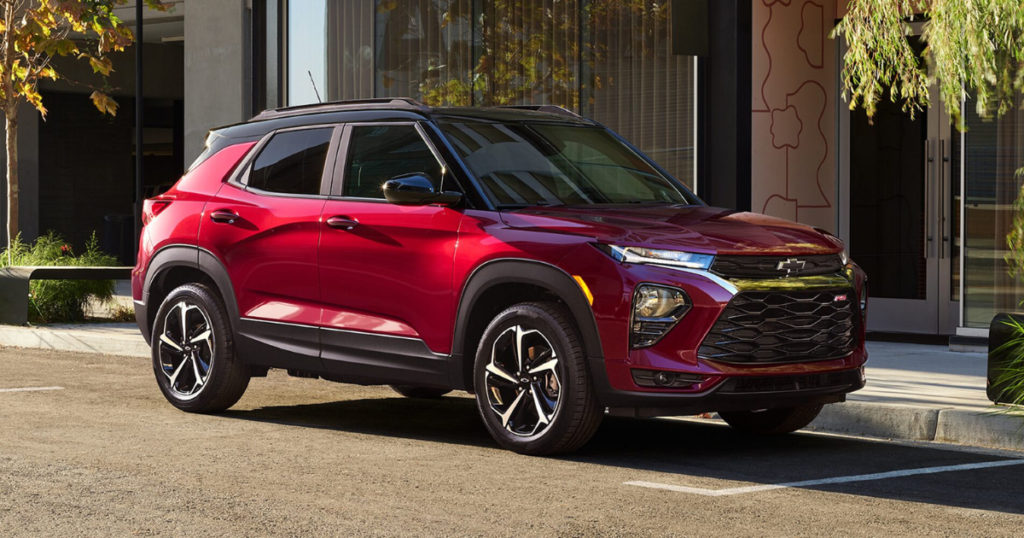
The Chevy Trailblazer is a great option if you need an SUV’s worth of space in a more manageable and cost-effective vehicle. The Trailblazer’s second row of seats is spacious enough for adults, unlike in several SUVs in the same class.
The Chevrolet Safety Assist package, included on every Trailblazer, includes a frontal collision warning, automatic high beams, a following distance indicator, a lane departure warning, and automatic emergency braking with pedestrian recognition. A backup camera, 4G LTE Wi-Fi, wireless Android Auto and Apple CarPlay, and SiriusXM satellite radio are all included in the standard 7-inch infotainment system.
Two of the car’s major flaws are its rough ride quality on rough roads and its disappointing performance from its two available engines. The standard engine performs OK for city driving but begins to sputter once highway speeds are reached.
Mazda CX-30
Average price: $23,200
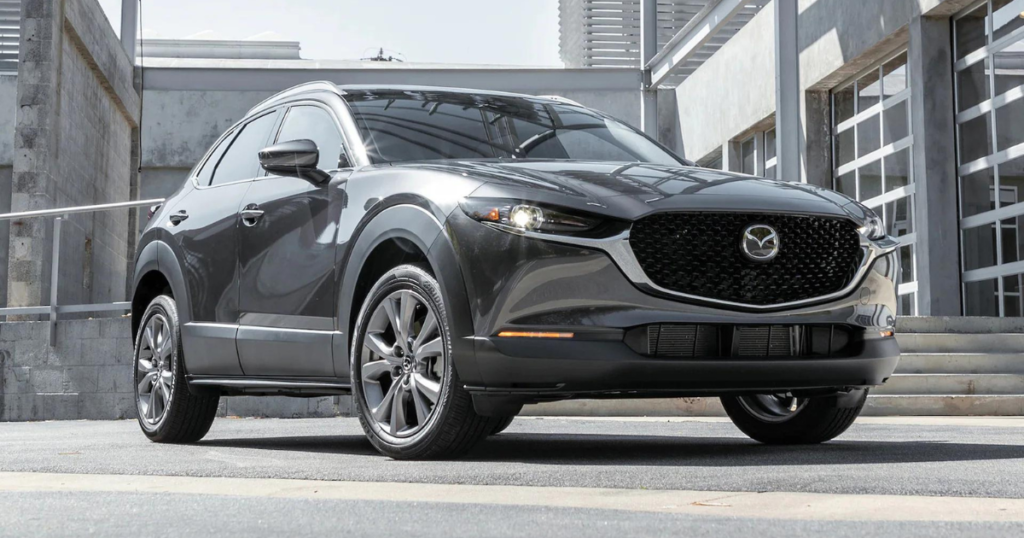
Those who enjoy driving do not typically choose small crossovers, yet the Mazda CX-30 is the exception. The CX-30 is a practical and pleasant vehicle to own and operate in all situations. An 8.8-inch infotainment screen tops off the minimalistic design that effectively incorporates high-quality materials.
All-wheel drive, 16-inch alloy wheels, rain-sensing wipers, cloth upholstery, forward collision warning with automatic emergency braking, lane departure warning/lane-keeping assistance, Apple CarPlay/Android Auto smartphone integration, Bluetooth, and two USB ports are all standard equipment on even the base model of the CX-30.
Ford Bronco Sport
Average price: $28,200
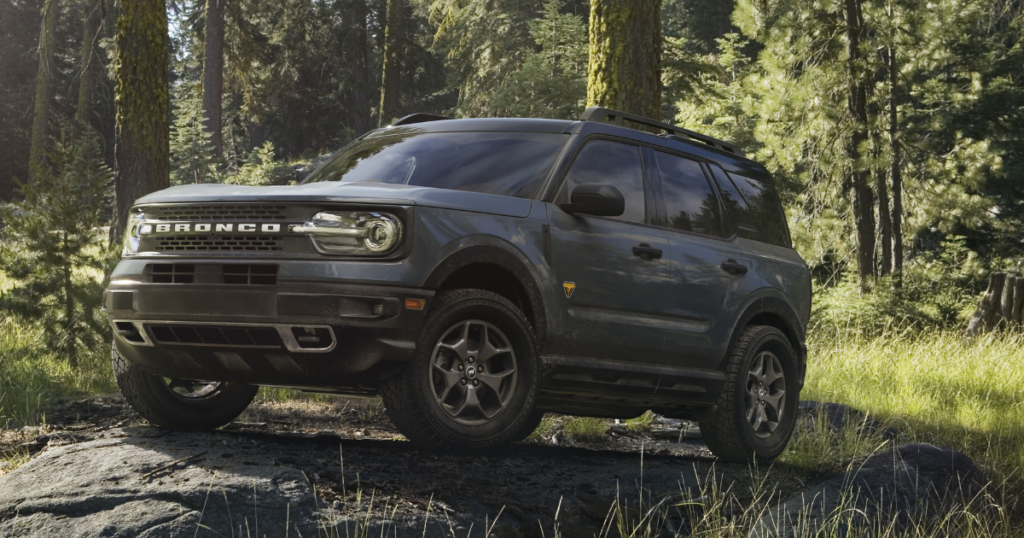
Ford’s Bronco Sport is meant to be a more refined and sophisticated version of the standard Bronco for use on public roads. Ford has successfully struck a good balance between on-road luxury and off-road prowess. With the standard all-wheel drive and terrain management system, off-roading is simple for amateurs and pros.
Ford’s standard Co-Pilot360 safety technology package features adaptive cruise control, automatic high lights, blind-spot monitoring with cross-traffic alert, lane-keeping assistance, automated emergency braking, and a rearview camera. Post-collision braking is also included.
Midsize SUVs
Toyota Highlander
Average price: $37,100
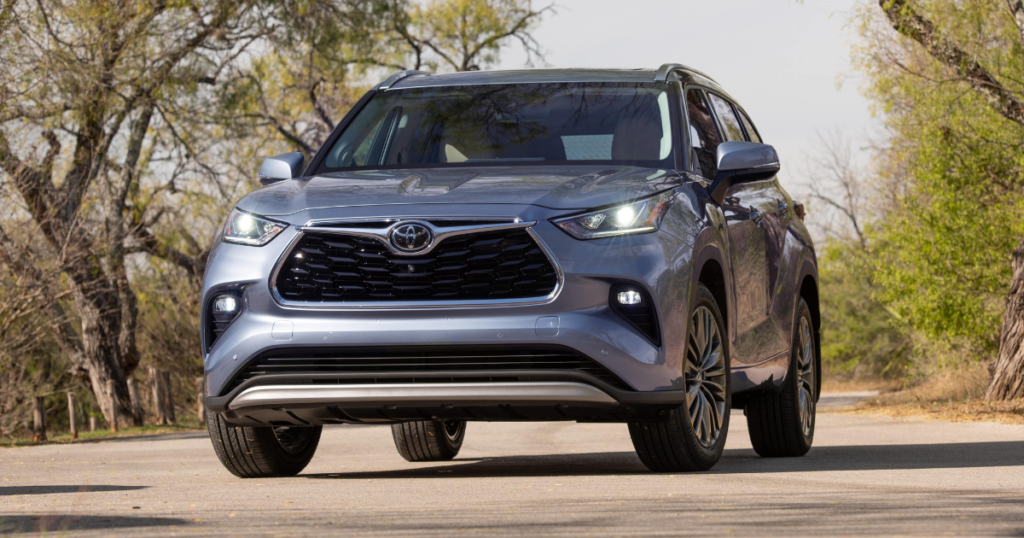
While several SUVs in this class have a sporty side and feel like smaller vehicles, the Highlander does not. It has the handling of a minivan, which isn’t necessarily a negative thing if you’re not looking for a sports car.
The standard Toyota Safety Sense 2.5+ safety tech suite includes a pre-collision system with pedestrian detection, full-speed adaptive cruise control, lane-departure alert with steering assist, automatic high beams, lane tracing assist, and road sign assist.
Minivans
Honda Odyssey
Average Prive: $33,300

The Honda Odyssey performed exceptionally well in the NHTSA and IIHS crash test programs. Standard features are power-adjustable front seats (8-way for the driver, 4-way for the passenger), active noise cancellation, and driver assistance functions.
It has high resale value because it is roomy, comfy, and in high demand. Nevertheless, all-wheel drive is unavailable, and moving up to the elite trim level can be pricey.
Understanding Car Insurance for Teen Drivers
The cost of adding a teen driver to a vehicle insurance policy is a regular question from parents. The response varies widely. The factors that affect insurance premiums include location, vehicle, age, sex, and driving record.
But, young drivers are among the most expensive to insure. A six-month policy costs $1,332 in premiums from the typical teen (or parent). The costs can be lowered by:
- Picking an affordable car.
- Seeking information on a student discount.
- Taking a defensive driving course to qualify for insurance premium reductions.
- First-time accident forgiveness insurance policies.
Conclusion
At the end of the day, buying that first car for your teenage driver or anyone new to the world of automobiles ultimately comes down to how safe it is and how much we’re willing to spend. It may be asking too much in today’s economy for parents to shell out an extra thousand dollars, but in the midst of the insanity that is modern traffic, that extra money could be the difference between life and death.




